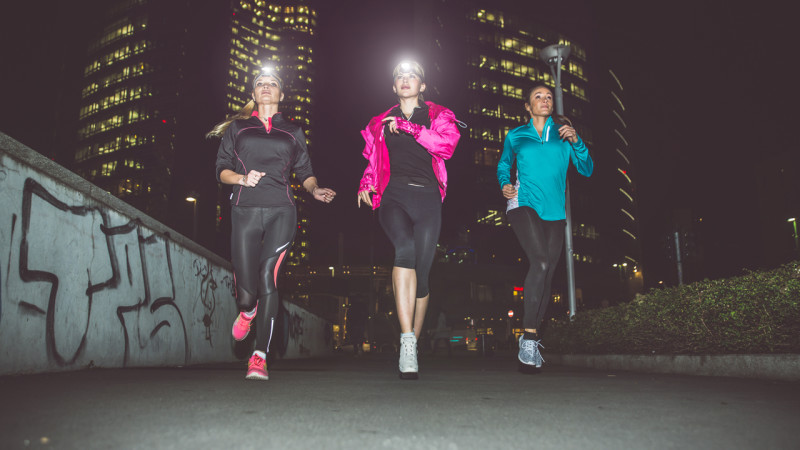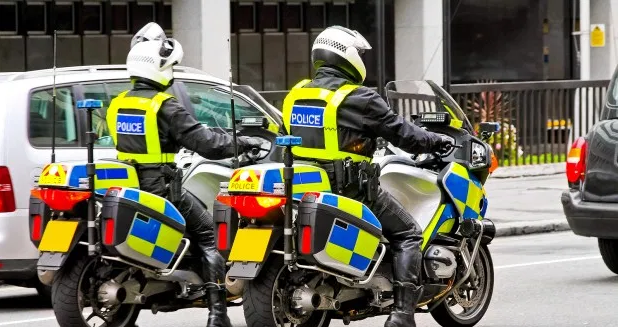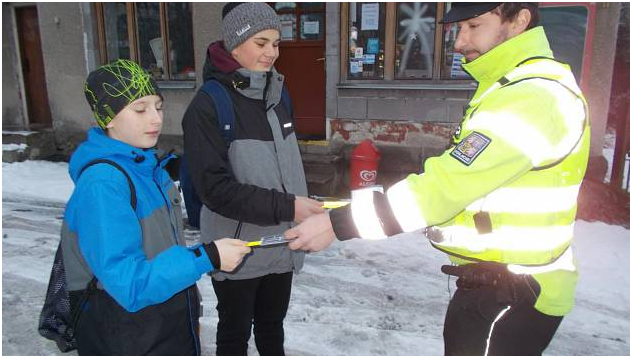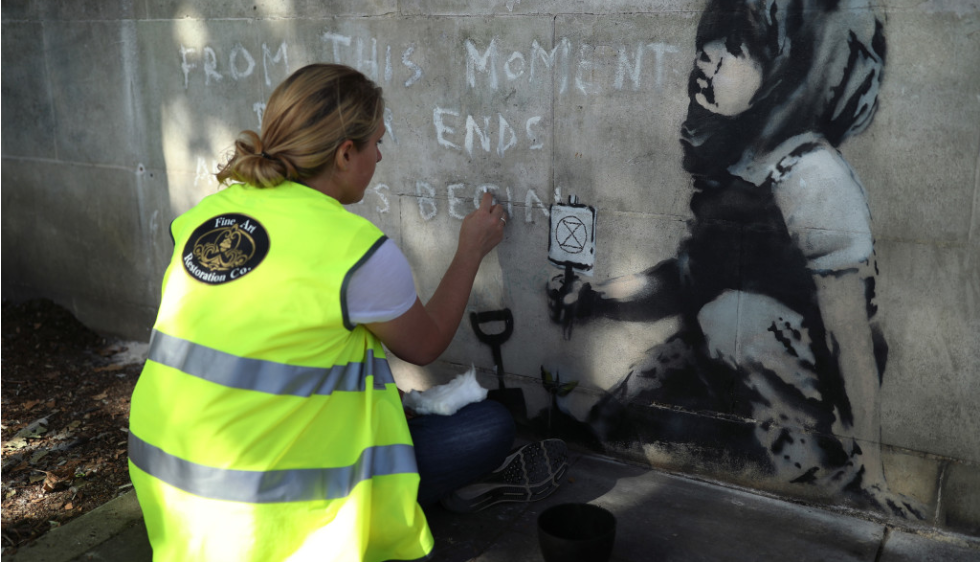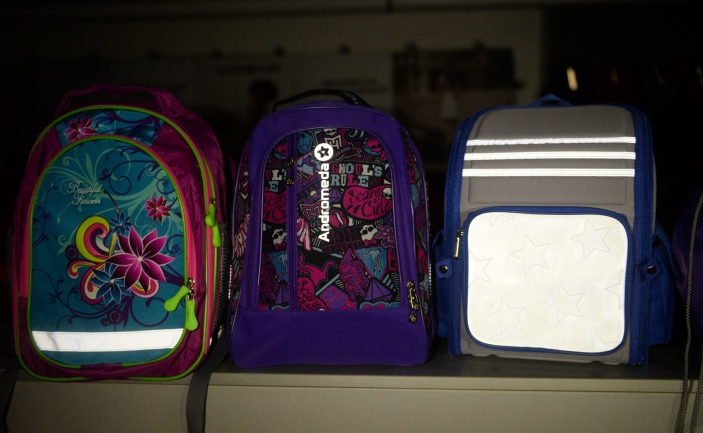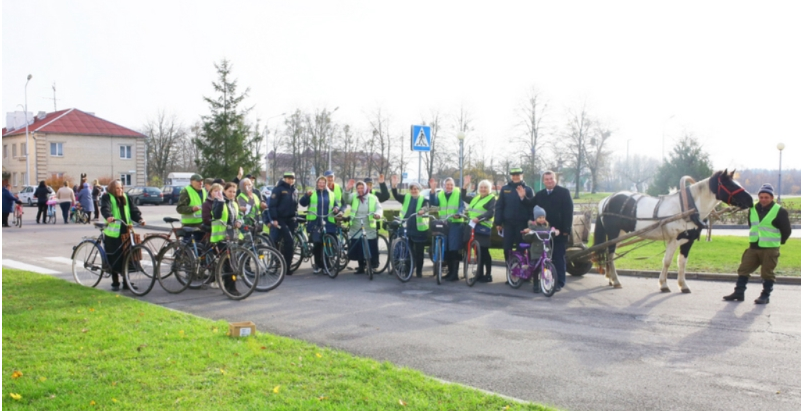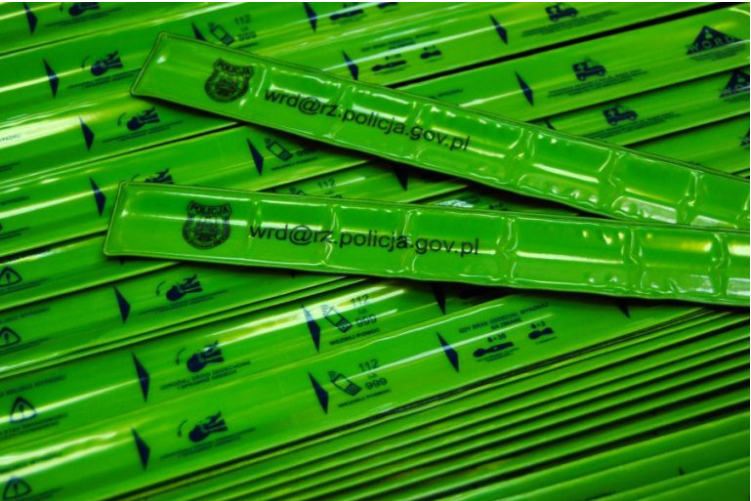In a world that thrives around the clock, where the boundaries between urban landscapes and the countryside are increasingly blurred, ensuring safety without compromising on style has become an essential pursuit. The solution? Enter the reflective ribbon – a dynamic accessory that seamlessly merges functionality with fashion.
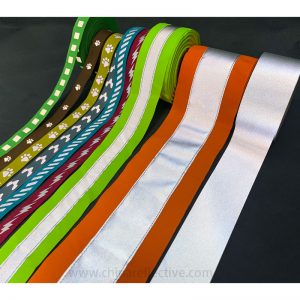
A Luminous Shield:
Imagine a late evening jogger, a cyclist navigating through the bustling city streets, or a pedestrian crossing a dimly lit intersection. The reflective ribbon, with its unparalleled high-visibility properties, transforms ordinary clothing into a shield of safety. The ribbon’s capacity to reflect light, whether it’s the gleam of vehicle headlights or the glow of streetlights, positions it as a crucial tool for mitigating accidents and potential hazards. Whether integrated into clothing, accessories, or outdoor gear, the reflective ribbon ensures that you remain conspicuous, even amidst the darkest backdrop.
Style Meets Function:
Gone are the days when safety gear merely served utilitarian purposes. Today’s fashion-conscious individuals can seamlessly integrate safety precautions with their personal style. The high visibility ribbon, available in a plethora of colors, widths, and designs, can be effortlessly woven into clothing and accessories. From sleek handbags embellished with reflective accents to sneakers that radiate with each step, the opportunities are boundless. Designers and brands have adeptly harnessed the potential of reflective ribbons, transforming them into statements of both individuality and responsibility.
A New Frontier for Outdoor Enthusiasts:
For adventurers, explorers, and nature aficionados, safety is paramount. The reflective webbing becomes an indispensable companion, heightening visibility during nocturnal treks, camping escapades, or mountain expeditions. Whether affixed to backpacks, tents, or outdoor gear, its reflective properties guarantee that your presence remains unmistakable, even in the remotest settings. With the reflective ribbon, the wilderness evolves into a safer playground, where your existence is boldly proclaimed to all.
In a world that harmonizes safety and style, the reflective ribbon emerges as a unifying element. Its transformative prowess, surpassing the confines of conventional safety gear, offers individuals the opportunity to take charge of their visibility and well-being. From the urban sprawl to the vast wilderness, this unassuming ribbon lights the path toward a more secure and stylish future. Why settle for the ordinary, when you can radiate brilliance with the reflective ribbon?
Embrace safety. Embrace style. Embrace the reflective ribbon.


